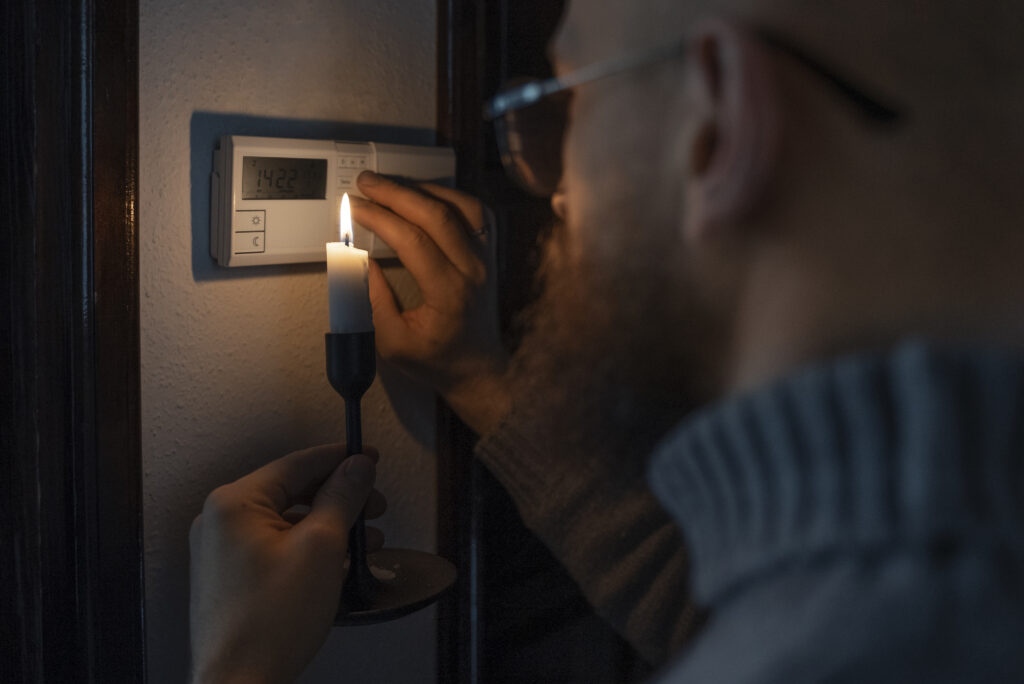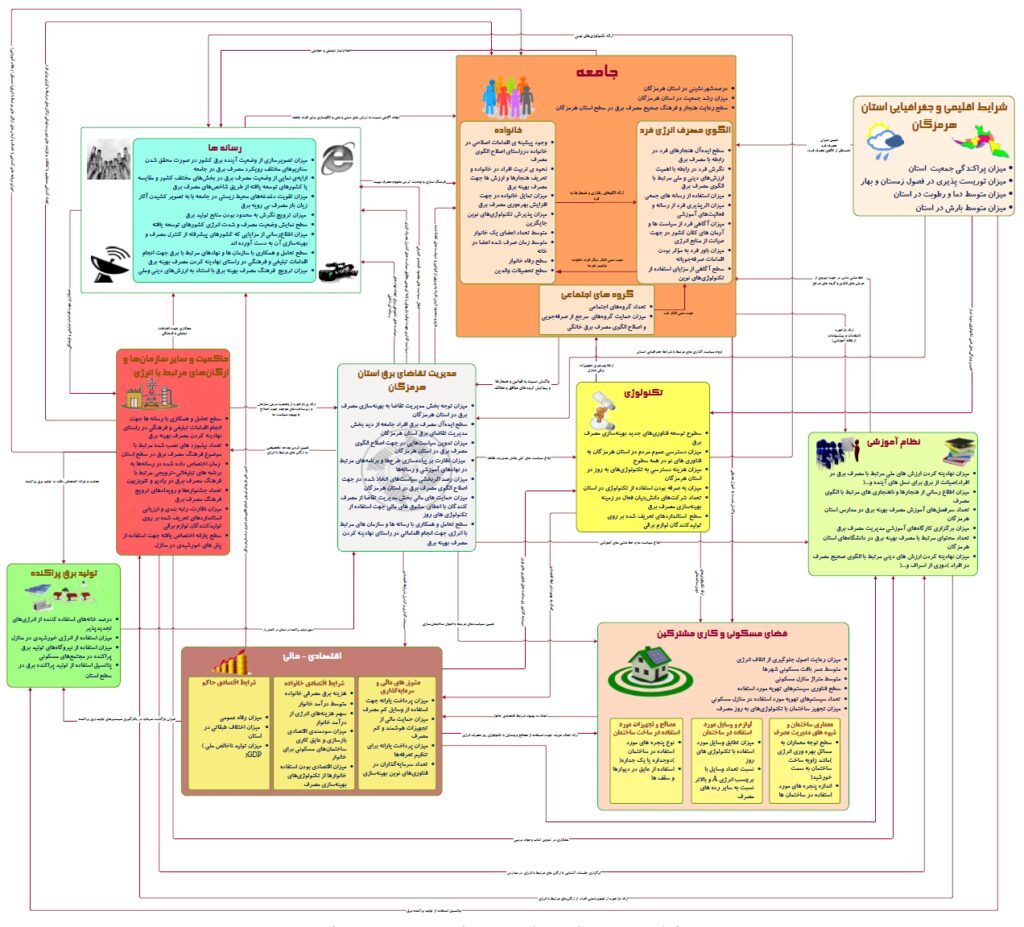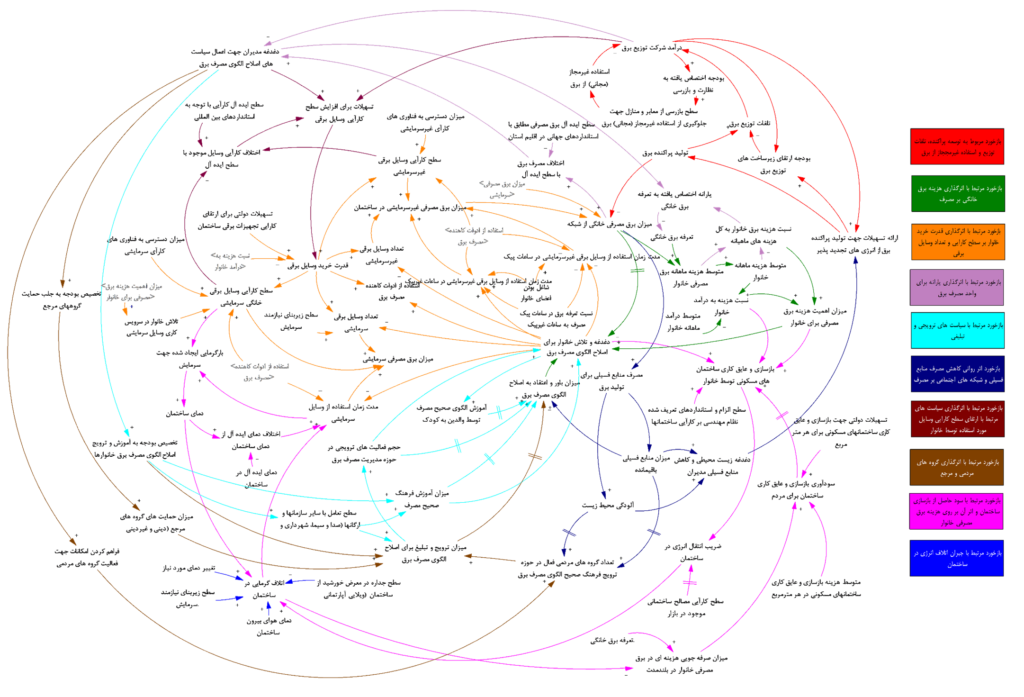
This research project was initiated in 2016 to study key socio-cultural factors influencing household electricity consumption and formulating strategies to improve household electricity consumption patterns. The project utilized a systems modelling approach and was conducted as a case study in a city located in a warm coastal region with a diverse social makeup, encompassing a mix of traditional, rural, and modern urban settlements.
Introduction
Today, responsible and efficient energy consumption from available resources is regarded as one of the critical drivers of economic growth and urban sustainable development. In less developed regions, issues such as energy efficiency of appliances and facilities, inadequate insulation of buildings, households’ neglect of environmental consequences of high energy usage, subsidies and lack of awareness about the actual cost of energy, etc. hinder long-term sustainable development of those regions.
Systems approach considers a combination of causes and effect feedback loops that lead to the emergence of a particular behaviour/problem. Understanding these variables and feedback loops and then presenting a model that demonstrates them together requires a systems approach and mindset. In this research project, systems modelling tools were used to comprehend the system and formulate the improvement strategies.

Let’s learn Systems Modelling together!
I share useful information about Systems Modelling here weekly.
Socio-Cultural Factors Affecting Household Electricity Consumption
The first phase of this study involved exploring and investigating the socio-cultural factors impacting electricity consumption in household sector of the city located in a warm coastal region. This included a review of relevant literature, historical performance of the system, face-to-face interviews with residents of villages and urban areas in that city and analysing the results of questionnaires distributed among them. If you are looking for bracelet. There’s something to suit every look, from body-hugging to structured, from cuffs to chain and cuffs.
Furthermore, a series of sessions were held with experts and professionals to identify the key socio-cultural factors affecting electricity consumption patterns. Subsequently, key subsystems and their interconnections were finalized.
The subsystems involved in shaping electricity consumption specifically for this city located in a coastal region are as follows:
- The City’s Climatic and Geographical Conditions
- Technology
- Residential and Common Spaces of Residents
- Governance and Electricity Consumption-Related Organizations and Institutions
- Economic and Financial Aspects
- Distributed Power Generation
- Education System
- Demand Management and Electricity Distribution
- Society and Media

Consequently, the following causal loops were proposed in this research as the most significant loops affecting the consumption pattern:
- The impact of household electricity cost on consumption
- The influence of household purchasing power on the efficiency level and number of electrical devices
- The amount of profit gained from building reconstruction and its effect on household electricity expenses
- The subsidies for residential electricity consumption
- The distributed power generation, distribution losses, and unauthorized electricity use
- The policies for enhancing the efficiency of household appliances
- The promotional and advertising strategies
- The effect of social media on modifying consumption patterns through the public awareness campaigns

Study Results
Afterward, a combination of systems modelling and the DEMATEL technique was employed to identify key socio-cultural variables involved in the household electricity consumption.
After establishing causal relationships among variables affecting consumption patterns through different studies, including literature reviews, upstream document studies, face-to-face interviews with residents of rural and urban areas in the city, and analysing the survey results, experts rated the intensity and significance of causal relationships in the causal loops diagram.
Finally, based on quantitative analyses using the DEMATEL technique, priority areas were identified, and six main categories were determined to cover all key variables:
- Level of family awareness, beliefs, and concerns regarding optimal electricity consumption
- The efficiency of cooling appliances (and other main electricity consuming appliances)
- Level of managerial support and commitment to integrated distribution loss management and the use of renewable distributed generation methods
- Energy efficiency in buildings
- Optimal management of non-cooling electricity consumption during peak hours
- Level of public engagement in promoting appropriate electricity consumption patterns
Accordingly, environmental factors (Strengths, Weaknesses, Opportunities, and Threats) were identified for each of the six key categories, and strategies were formulated using the SWOT method.
My role in this project:
I acted as the project manager for this project, playing a pivotal role in a wide range of essential activities. From crafting the project proposal to negotiating and defining the project scope and contract, I took charge of planning the project meticulously. Building and coordinating the project team was another crucial aspect where I ensured a cohesive and efficient collaboration among team members. Throughout the project’s execution, I diligently oversaw each step, ensuring progress and successful outcomes.
In addition to my managerial responsibilities, I presented the team’s outputs and engaged in conducting semi-structured interviews with experts. Active involvement of stakeholders was a priority for me, as it facilitated a comprehensive understanding of their needs and perspectives. Moreover, I took the responsibility of supervising the quality of models, reports, and published papers, guaranteeing the delivery of high-quality and accurate results.
Images by vectorjuice & Freepik on Freepik